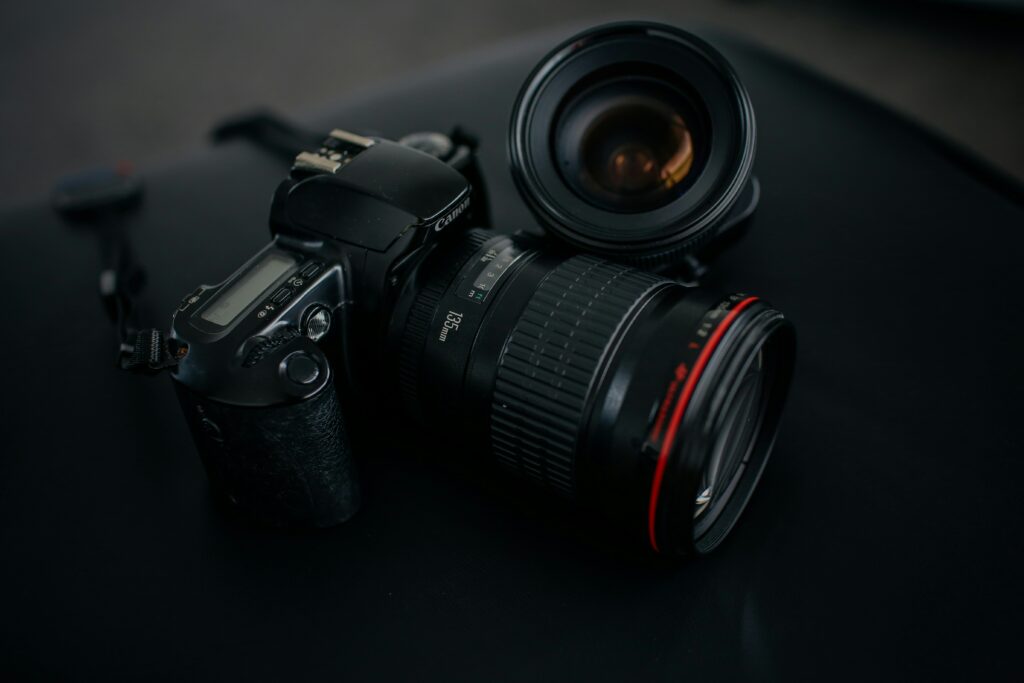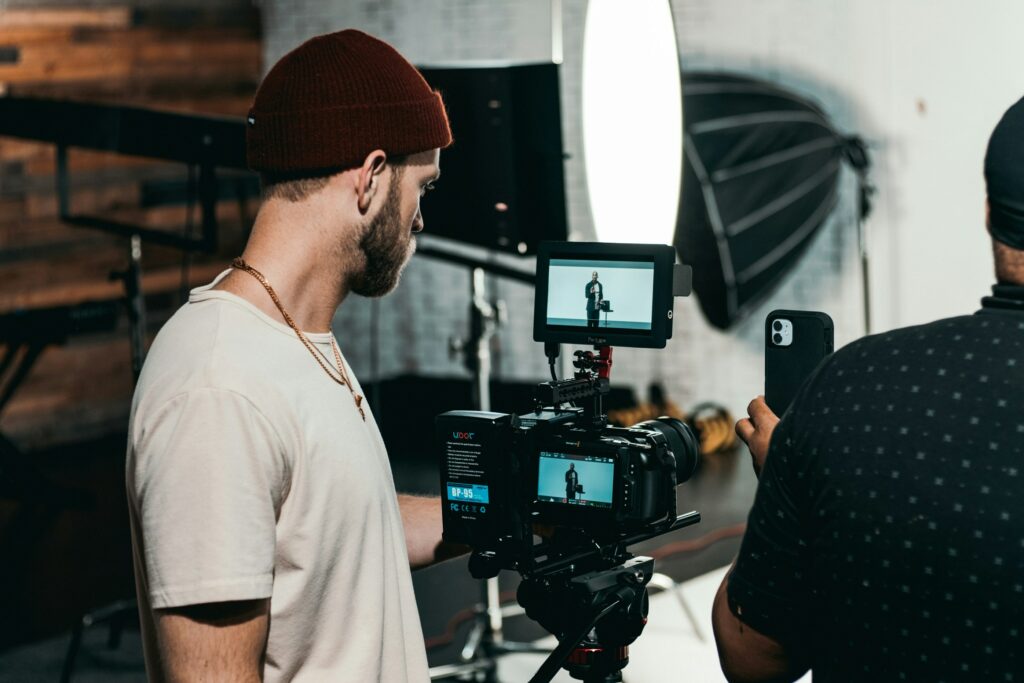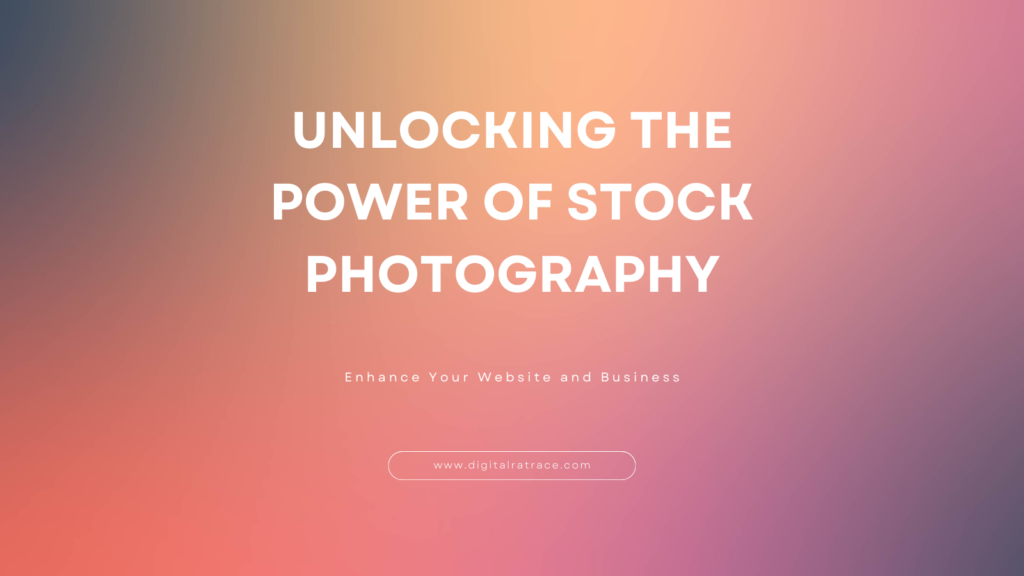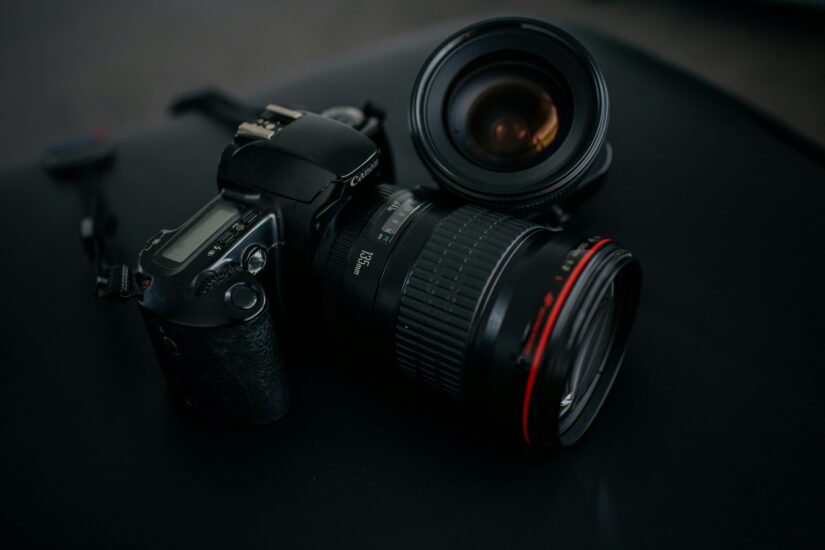I’m going to kick things off by laying down the basics of stock photography. You’ve probably seen stock images more times than you realize. They pepper your favourite websites, adorn billboards, and even illustrate blog posts. In essence, stock photography is a collection of photos that creators make available for others to use. These images are a valuable resource across industries like marketing, advertising, publishing, and web design.
The significance of stock photography can’t be overstated. Imagine you’re trying to launch an advertising campaign or refresh your website. You need high-quality images that convey your message. This is where stock photography comes in—it provides that high-quality visual content without the hefty price tag or time investment of a professional photo shoot.
In my opinion, the digital age has really upped the ante for stock photography. With the click of a button, you can access thousands of images, leading to an age of visual immediacy where we can manifest ideas into visual components at a record pace. This shift has dramatically increased the importance of stock imagery in visual communication.
Exploring the Types of Stock Photography

Let me walk you through the common types of stock photography. Trust me, this isn’t just about categorizing images—it’s about knowing which type fits your project like a glove.
1. Royalty-Free Images
If you want to use a photo without the fuss of tracking where and how long you’re using it, royalty-free is your go-to. You pay once and can use the image pretty much as you please, with some restrictions. These are ideal for small businesses, bloggers, and anyone needing good images on a tight budget.
2. Rights-Managed Photography
If you need an exclusive image, rights-managed offers that luxury. Imagine a scenario where you’re planning a high-profile ad campaign and you can’t risk competitors using the same image. That’s where rights-managed comes in handy. However, the exclusivity comes with a higher price tag and strict usage limitations.
3. Editorial Images
These pictures are typically newsworthy photos you’d find in newspapers or magazines. They reflect reality as is, without the glitz and fabrication. They usually can’t be used for commercial purposes, so picture them in a news article rather than a snazzy advertisement.
Pro Tip: Always read the licensing terms carefully to avoid unintentional misuse. For example, using editorial images in a marketing campaign could lead to legal headaches.
The Advantages of Stock Photography
Stock photography offers powerful benefits for businesses, creatives, and marketers. Here’s why it’s a go-to resource:
1. Cost-Effective
Hiring a professional photographer for a custom shoot can be expensive. Stock photos provide high-quality visuals at a fraction of the cost, making it an affordable option for businesses of all sizes.
2. Time-Saving
Stock photography allows you to skip the time-consuming process of organizing and shooting photos. With just a few clicks, you can find the perfect image in minutes, which is ideal for tight deadlines or last-minute projects.
3. Diverse & Global Selection
Stock libraries offer a vast range of images from photographers worldwide. This means you can find images that fit any project, from niche subjects to culturally diverse visuals—something you may not be able to capture on your own.
4. High Quality & Consistency
Most stock libraries maintain strict quality standards, ensuring that you’re getting professionally curated images that fit your brand’s style. Consistency across your marketing materials is key, and stock photography ensures that.
5. Legal Peace of Mind
Using licensed stock photos provides clear usage rights, so you don’t have to worry about potential copyright issues. This offers legal protection and peace of mind when using images in your projects.
6. Flexibility
Stock platforms offer a range of pricing options, from one-time purchases to subscription plans, making it easy to scale your image usage depending on your needs and budget.
Licensing Dos and Don’ts
Here’s what you need to keep in mind when licensing stock photos:
Do’s:
- Do double-check the licensing terms.
Each image will come with specific guidelines on how it can be used. Always ensure you understand the terms before using the image in your project. - Do read the restrictions carefully.
For rights-managed images, carefully review the limitations (such as duration, geographical location, or type of use) to avoid legal issues. - Do credit the photographer when required.
Some platforms, especially free ones like Unsplash, may require attribution. Always respect the photographer’s request for credit. - Do choose images that align with your brand.
Ensure the imagery you select fits your brand’s voice, message, and aesthetic. Consistency in visual identity is crucial for brand recognition. - Do check for model and property releases.
If the image contains recognizable people or private property, ensure that the photographer has the necessary releases. This protects you legally if you’re using the image for commercial purposes.
Don’ts:
- Don’t use editorial images for commercial purposes.
Editorial images are meant for news or informational content and usually cannot be used for advertising or commercial campaigns. - Don’t rely on free platforms for high-traffic projects.
While free stock images can be tempting, they often have limited variety or quality. For high-profile projects, invest in premium images to ensure uniqueness. - Don’t alter images in ways that violate the license.
Some licenses may have restrictions on how much you can modify an image. Ensure you stay within those limits when editing stock images. - Don’t use the same image as your competitors.
Rights-managed images offer exclusivity, but royalty-free images may be used by anyone. If you’re working on something that needs to stand out, avoid overused stock photos. - Don’t forget to check the image’s resolution.
Always ensure the image is high enough resolution for your intended use, especially for print. Using a low-resolution image for large-scale prints can result in pixelation and poor-quality visuals.
Behind the Scenes: How it Works

Ever wondered how a breath-taking image goes from a photographer’s lens to your project? Here’s the process:
- Photographers Submit Images: Photographers worldwide capture moments, landscapes, or lifestyle scenes and upload their work to stock platforms for review.
- Stock Agencies Curate: Agencies ensure images meet quality and relevance standards before adding them to their libraries.
- Buyers License Images: Buyers choose images, purchase licenses, and adhere to usage guidelines based on the type of license.
Photographers earn royalties every time their images are licensed. Remember, copyright laws protect their work. Licensing essentially gives you permission to use their creation. Missteps here can lead to legal repercussions, so be diligent.
Leading Stock Photography Websites and Their Features
Where can you snag these amazing images? Here are some top stock photography platforms:
- Shutterstock: A massive library with flexible pricing plans. Great for businesses needing volume or variety.
- Getty Images: Offers premium, editorial-level photography with rights-managed options for exclusivity.
- Adobe Stock: Seamless integration with Adobe Creative Cloud makes this a favorite for designers.
- Unsplash: High-quality, free images. Perfect for tight budgets but with a limited selection.
- iStock: A blend of affordability and exclusivity, offering options for both tight budgets and premium needs.
Tips for Photographers Entering Stock Photography
If you’re looking to succeed in the stock photography world, these tips will help you create images that stand out and meet market demands:
- Shoot with Commercial Use in Mind: Focus on versatile images that can be used across various industries.
- Ensure Model and Property Releases: Get signed releases to ensure your images can be used commercially.
- Optimize for Searchability: Use specific keywords and descriptions to make your images easy to find.
- Shoot High-Quality, Versatile Images: Prioritize sharp, well-lit images that can be used in different contexts.
- Maintain a Consistent Style: Develop a recognizable style to make your portfolio stand out.
- Stay Informed on Trends: Keep up with emerging trends to meet current market demands.
By applying these tips, you’ll be on your way to building a successful stock photography portfolio that resonates with buyers and helps you earn more from your work.
Future Trends in Stock Photography
The stock photography industry is constantly evolving, and staying ahead of emerging trends is key to success:
- Authenticity Over Staged Imagery
Authentic, real-life moments are in high demand. Images that capture genuine emotions, diversity, and unscripted scenes resonate more with today’s buyers. - Diversity and Inclusion
There’s a growing need for inclusive imagery that reflects various races, genders, abilities, and lifestyles. Photographers who embrace diversity will attract a wider audience. - Sustainability and Environmental Themes
As sustainability becomes more prominent, eco-friendly and nature-focused images will see increased demand. This includes themes like renewable energy and sustainable living. - Remote Work and Digital Transformation
With remote work on the rise, images of home offices, virtual meetings, and digital collaboration will be essential for brands and businesses. - Mobile and Social Media-Friendly Formats
Social media’s dominance calls for stock images optimized for mobile devices and various social platforms. Vertical and square formats will remain in high demand. - AI and Automation in Photography
AI tools are reshaping photography, from editing to automated tagging. Photographers who embrace these technologies can improve their efficiency and competitiveness.
By adapting to these trends, stock photographers can ensure their portfolios stay relevant and appealing in an ever-changing market.
Wrapping Up: Your Journey into the World of Stock Photography
Now that you’re familiar with stock photography, you’re ready to step into this vibrant, image-driven world. This journey could be a game-changer for your creative projects, marketing strategies, or visual storytelling.
Stock photography isn’t just about adding pretty pictures—it’s about conveying emotion, reinforcing messages, and engaging your audience. Whether you’re a business owner, a creative, or a photographer, there’s a wealth of opportunity here.
Take this knowledge, apply it to your craft, and watch how the right imagery can transform your work. Thanks for joining me on this exploration of stock photography. May your selections be ever impactful and your creativity boundless!



Leave a Reply